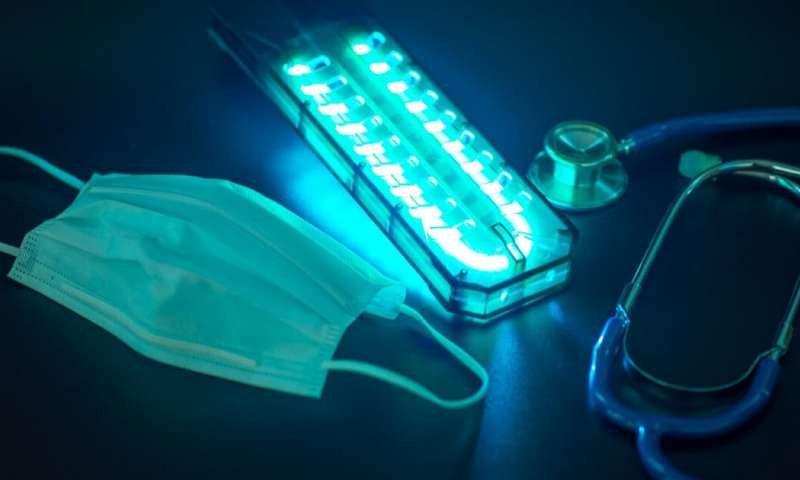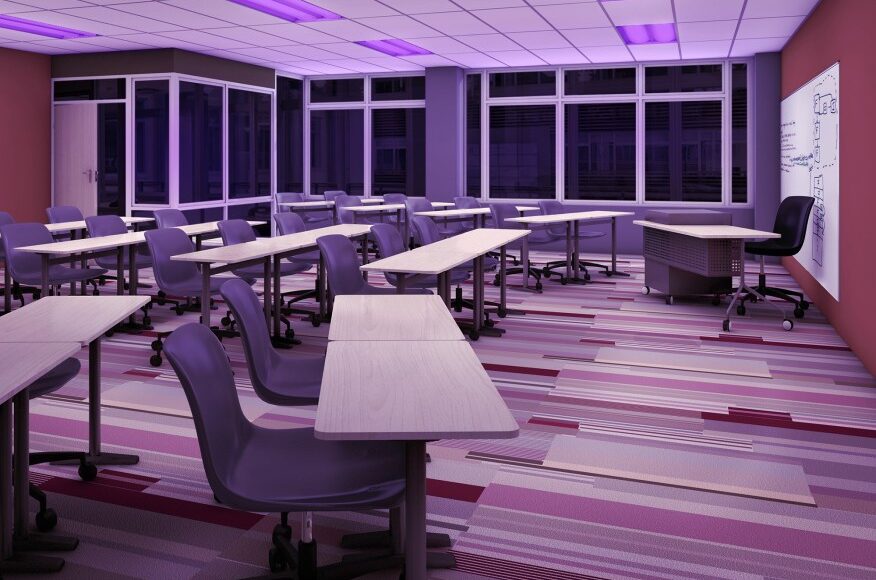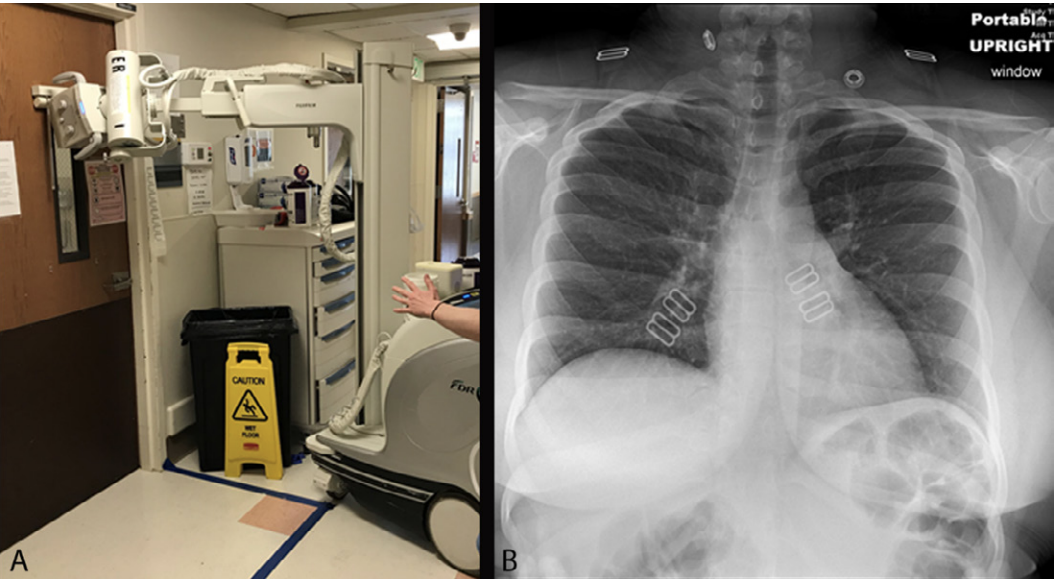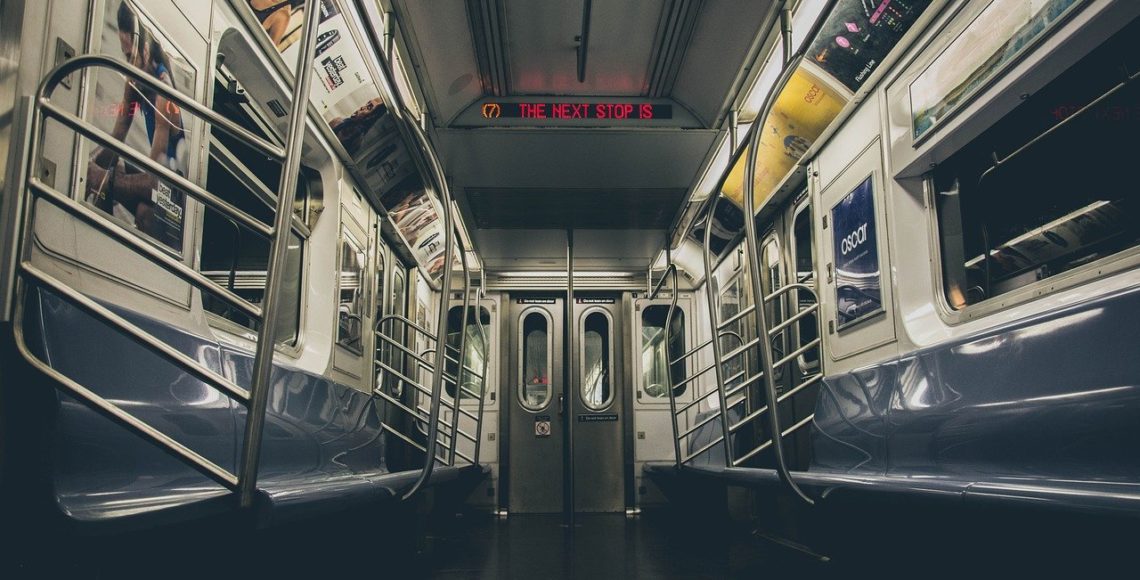Before President Donald Trump erroneously—and sarcastically, he later claimed—suggested the possibility of using “ultraviolet or just a very powerful light … inside the body” at a White House briefing in April as a potential treatment for COVID-19, scientific research in the use of UV light to combat pathogens was well underway. Given these comments and a heightened interest in disinfection due to the pandemic, the lighting community swiftly released webinars, FAQs, and press releases to offer guidance on the effectiveness, potential applications, and myths of using UV radiation to fight infection. مراهنات كرة القدم
The Illuminating Engineering Society, a professional association for the lighting and design community, was one such organization to respond to the increased interest in germicidal UV lighting. The IES focused on UVC, which is currently considered the most effective range in the UV light wavelength spectrum in disinfection, but also can be the most hazardous to people exposed to it in uncontrolled settings. (Other wavelength ranges, including UVA, have also been shown to successfully kill or inactivate pathogens.) While versions of germicidal UV (GUV) have been used for surface disinfection since the late 1800s, interest in the technology increased following the 2014 Ebola virus outbreak in West Africa. When properly applied, GUV—which refers to short-wave UVC radiation in the 200-to- 280-nanometer range on the ultraviolet spectral band—has been shown to kill bacteria and spores and even deactivate viruses, such as SARS-CoV-2, which are nonliving infectious agents that replicate. (UVA, UVB, and UVC are all produced by the sun and pass through the ozone layer in varying quantities, with UVA being the most prevalent.)
The organization’s photobiology committee opted to convene a special subcommittee to address the topic, and after a few intense weeks published the “Germicidal Ultraviolet (GUV) – Frequently Asked Questions” report. “There is enough misleading information that we felt we really needed to address the typical questions people have,” medical physicist and committee chair David Sliney tells ARCHITECT.
“For viruses, very short wavelength UVC will break down its RNA, preventing the virus from replicating,” explain professor Mark Rea and senior research scientist Andrew Bierman, both at the Lighting Research Center at Rensselaer Polytechnic Institute in Troy, N.Y. “For bacteria, this direct action on its DNA will also prevent replication. The UV is absorbed by a chromophore, which creates intracellular reactive oxygen molecules, like hydrogen peroxide, that react with life-sustaining molecules.”
If the technology is used properly, luminaires outfitted with UVC light sources do not cause harm to occupants. Sliney remarks that the long-held belief that UVC causes skin cancer “is largely a myth.” However, direct exposure can cause uncomfortable eye conditions such as photokeratitis—also known as “welder’s flash”—or photoconjunctivitis if the luminaire is operated improperly. تكساس هولدم To avoid such conditions, the IES recommends the use of UVC light only in upper air germicidal fixtures, where the UVC source is positioned at least 7 feet high and directed at the ceiling to irradiate air as it circulates.
“Upper-room GUV disinfects large volumes of room air (above occupant heads) at once, resulting in high ‘equivalent’ air changes per hour in terms of air disinfection only,” the IES report explains. For rooms that do not have the requisite minimum ceiling height of 7 feet, designers might instead turn to UV lamps designed for installation inside air ducts for both residential and commercial HVAC units. However, this technology cannot help to limit the spread of disease between people when installed in ducts, cautions the IES in its report. “When UV is used in ducts, although it ensures that recirculated air does not have viable pathogens, it unfortunately does relatively little to prevent person-to-person transmission in a room where both an infectious source and other susceptible persons share the same air,” the organization writes. “For effective interruption of transmission, air disinfection has to occur in the same room where transmission is occurring.”
Many lighting manufacturers and technology companies have developed alternative options, leveraging LEDs and other light spectrums to offer antimicrobial effects without limiting occupation. GE Current, for example, sells a recessed LED luminaire that emanates UVA light at a wavelength of 365 nanometers, which is not visible to the human eye, as well as white light. The Boston-based manufacturer patented its technology, which enables fixtures that offer direct illumination and disinfection for occupied spaces, such as patient rooms and cafeterias, back in 2015. A study by Case Western Reserve University School of Medicine and the Cleveland VA Medical Center found that GE Current’s Lumination LED luminaires were effective in reducing MRSA (methicillin-resistant Staphylococcus aureus), E. coli, and bacteriophage MS2 by 80% to 90% for occupied patient rooms.
In 2019, Greenville, S.C.–based Hubbell Lighting launched its SpectraClean line of fixtures, which utilitize technology licensed from the University of Strathclyde in Glasgow, Scotland, that targets bacteria, molds, fungi, and yeast with 405-nanometer visible light, outside the UV spectrum. For use in commercial and industrial environments, SpectraClean features white and disinfectant lighting components, both of which are safe to operate in occupied spaces.
Since its creation in 2012, Troy, N.Y.–based LED technology company Vital Vio has also been providing bacteria-control lighting. “We are able to replace overhead lighting with [fixtures] that [create] inhospitable environments for germs, just through lighting,” founder Colleen Costello tells ARCHITECT. The company’s VioSafe White Light Disinfection technology targets strep, MRSA, E. coli, and salmonella, and is available in Ellumi Lighting residential fixtures.
Circling back to the the question on everyone’s minds these days: Are any of these technologies effective in combating the novel coronavirus? While none of the LED or UVA fixtures mentioned have proven effective against SARS-CoV-2, manufacturers are reporting increased interest from new and existing customers. Hubbell senior product manager Jeff McClow says that up to 75% of his time is now dedicated to presenting and holding trainings around the SpectraClean technology, up from 10% before the pandemic took hold. Vital Vio’s Costello also reports a significant uptick in demand and inquiries. “Institutions that had concerns or risks around germs have more of an urgency to add new tools to their arsenal,“ she says, “and folks who didn’t have it on their radar are now beginning to look at what new tools are available for us to adjust to this new normal.”
Rea and Bierman also note the benefits of existing disinfectant technology for limiting secondary infections for those who have been hospitalized with the novel coronavirus. “One of the problems with COVID- 19 is that it’s lethal not just from the virus itself, but it then makes people prone to secondary infections, particularly like bacterial pneumonia,” Rea said in an April webinar hosted by the Lighting Research Center. “If UVA can mitigate that bacterium, then you’re going to have a much less lethal infection from COVID-19.”
However, lighting researchers are concerned that users don’t fully understand the technology’s limitations, and that users will have “a false sense of security” after installing GUV or other UV technology, IES’s Sliney worries. Bierman and Rea concur. “The greatest misconception about the use of UV light for disinfection is that it will kill viruses just because it is nearby,“ they explain. لعبة القمار اون لاين “This is a line-of-sight technology; anything in a shadow will not be affected by the UV.”
To effectively utilize disinfectant lighting, users must understand that it is a complementary technology. “The area needs to be clean for the lighting to be effective,” McClow says. This means that any soil or dust must first be cleansed from surfaces in order to allow for direct illumination.
Duration of exposure and space dimensions are also critical considerations. Hubbell’s SpectraClean technology requires between six and 24 hours of operation to kill 99% of the targeted pathogens. According to McClow, the requisite time varies with factors such as the number of disinfectant fixtures in a space, ceiling height, and the distance from a fixture to surfaces. Like Hubbell and Vital Vio, GE Current recommends replacing most traditional lighting with disinfectant options in high-risk areas to maximize the benefits of its technology, which also calls for eight to 24 hours of usage. “UV light has to hit the surfaces that you want to disinfect,” says Dan Jenkins, GE Current general manager of product management. “You want to consider a layout to make sure that the surfaces you’re interested in disinfecting are being illuminated.” Some of these fixtures are also equipped with various settings, allowing for more intensive periods of disinfection. (In this case, users sacrifice white light for a more noticeable violet UV hue for certain luminaires.)
Like much of the scientific community, while manufacturers are turning their efforts to COVID-19, no major advancements have been reported. “You have to be careful if something is going to kill COVID-19, it also likely is dangerous to be used around people,” Costello warns.
Available for specification now, but potentially with delays due to COVID-19-related supply chain issues, these products are sold at a premium compared to conventional fixture prices. Additionally, the disinfectant settings often consume more energy than a standard luminaire, a factor that could impact a building owner’s bottom line. Hubbell, for one, approximates a 10W energy consumption difference between its traditional architectural troffer and a troffer fitted with SpectraClean capabilities.
However, as attention to environmental cleanliness and sanitation reach unprecedented levels, the business case for installing such germicidal luminares in health care environments and school cafeterias, and even above shopping cart bays for overnight disinfection in grocery stores has never been better.





